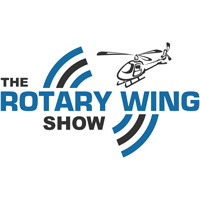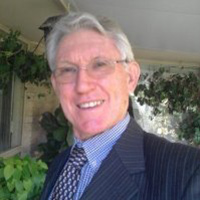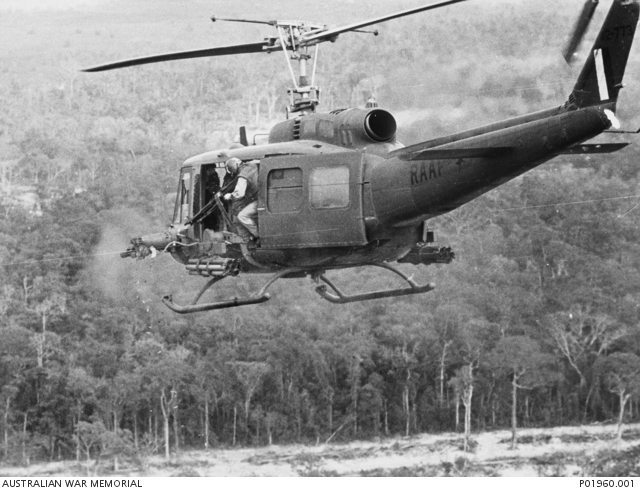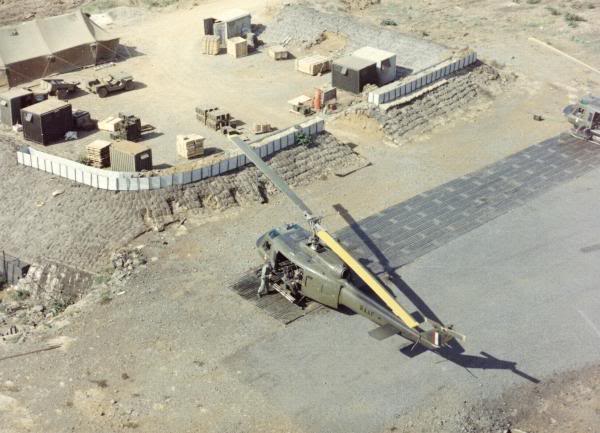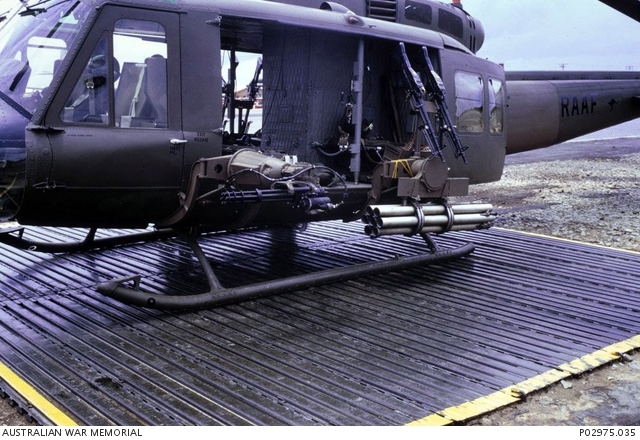Podcast: Play in new window | Download
Subscribe: Apple Podcasts | RSS
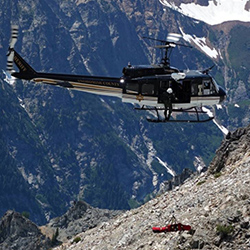
Nestled in the north west corner of the US, just north of Seattle is Snohomish County and the operating base of their Helicopter Rescue Team. The HRT conducts approximately 80 rescues a year, predominantly mountain rescues of hikers. Two of their team, Chris Moriarty and Bill Quistorf, took the time out for a chat about their setup, the operating area and its challenges and the skill sets within the organisation.
The Snohomish County Helicopter Rescue Team operates 2 helicopters.
SnoHawk 10 is a highly modified Vietnam era Bell UH-1H – Fast Fin and tailboom strake kit, Bell 205 tail boom, Bell 212 Tail rotor/gearboxes, more powerful Lycoming T53-L703, Garmin G500H’s, NVG-compatible cockpit – which is the main workhorse for rescue missions and training. It is a beautiful looking ship. A typical mission would include 5 crew and a range of role equipment operating up to 9000′ elevation. Depending on the nature of the site and casualties the crew may have to offload people and equipment and/or burn fuel for sufficient power margin.
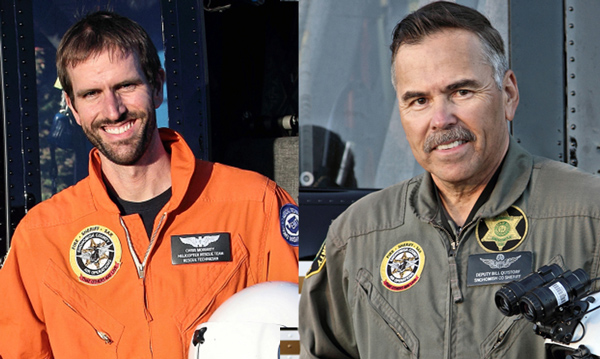
SnoHawk 1 is a Hughes 500-P (military NOH-6P) which flew in Vietnam with Alpha Troop, 3/17 Air Cavalry. It was a specially modified machine for covert CIA/Air America style missions with 4 bladed tail-rotor, an extra main rotor blade and (now removed) oversized engine exhaust muffler. SnoHawk 1 can provide law enforcement and missing persons support. It was used to fly more regular police patrols but budget reductions have curtailed the flying hours possible.
The HRT team itself is unusual in that it consists of only a few full time salaried members and then a pool of approximately 30 volunteers who man a roster. Skill sets of the volunteers include rescue technicians, flight medics, crew chiefs, pilots, and ground support personnel. These people have their own separate day jobs and interests that then come together to form the capability. On any particular day when the HRT is activated the rostered on team members will meet at the ‘Taylor’s Landing’ base and assess the callout mission.
Team training is conducted twice a week. A number of other agencies also use the base facility for training and there is a tower mounted Huey frame avaliable for rappelling drills.
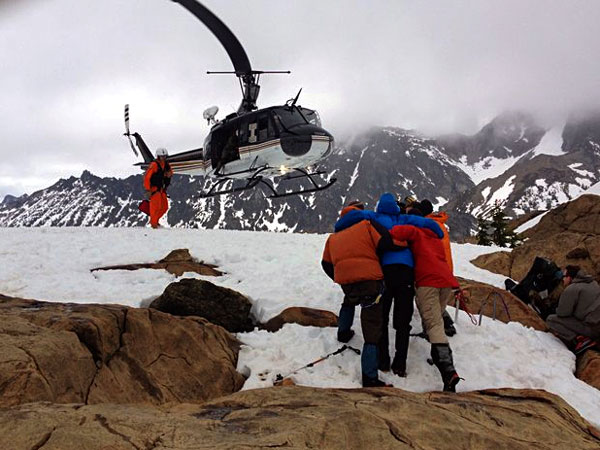
Podcast: Subscribe in iTunes | Play in new window | Download
Links from this week’s episode:
Support the podcast on Patreon
Snohomish HRT Website
Snohomish HRT Facebook
[leadplayer_vid id=”5A8E65D6C0C56″]
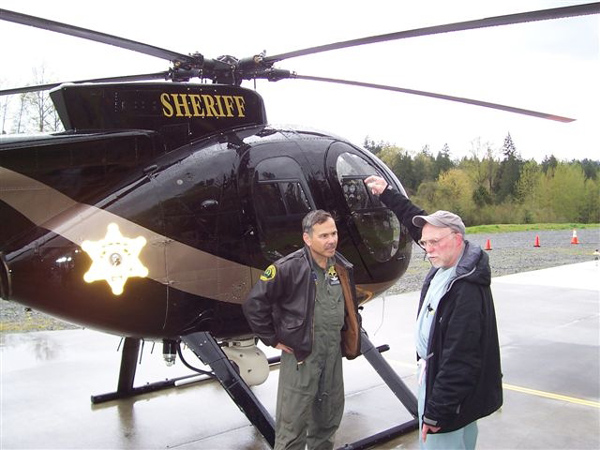
Do you have a question about Snohomish County Helicopter Rescue Team’s operations? Be part of the conversation by leaving a comment below.
